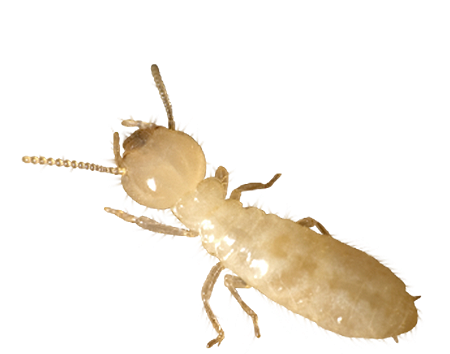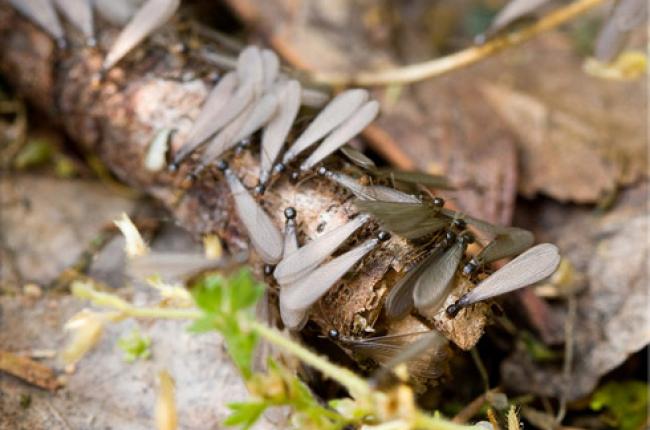Tiny Teeth Take Big Bites
Termite Control in New England
Tiny teeth take big bites out of your most valuable investment! It doesn’t take long for termites to damage the structural integrity of your home or building, which can cost tens of thousands of dollars to repair. Termites feed on cellulose (a major component of wood), but live underground, making them a cleverly concealed pest most of the time.
Since their presence is practically invisible to an untrained person, a serious termite infestation often exists by the time homeowners notice any signs of damage or a swarm.
Termites have never been in short supply, and optimal termite control depends on the death of the egg-laying termite queen. Without a queen, the colony is not sustainable. While safely ensconced on her throne, the colony thrives because she can produce millions of termites over the course of her reign. That high reproduction rate can make stopping an infestation difficult if you're not working with a trusted and highly trained expert.
Request a Quote
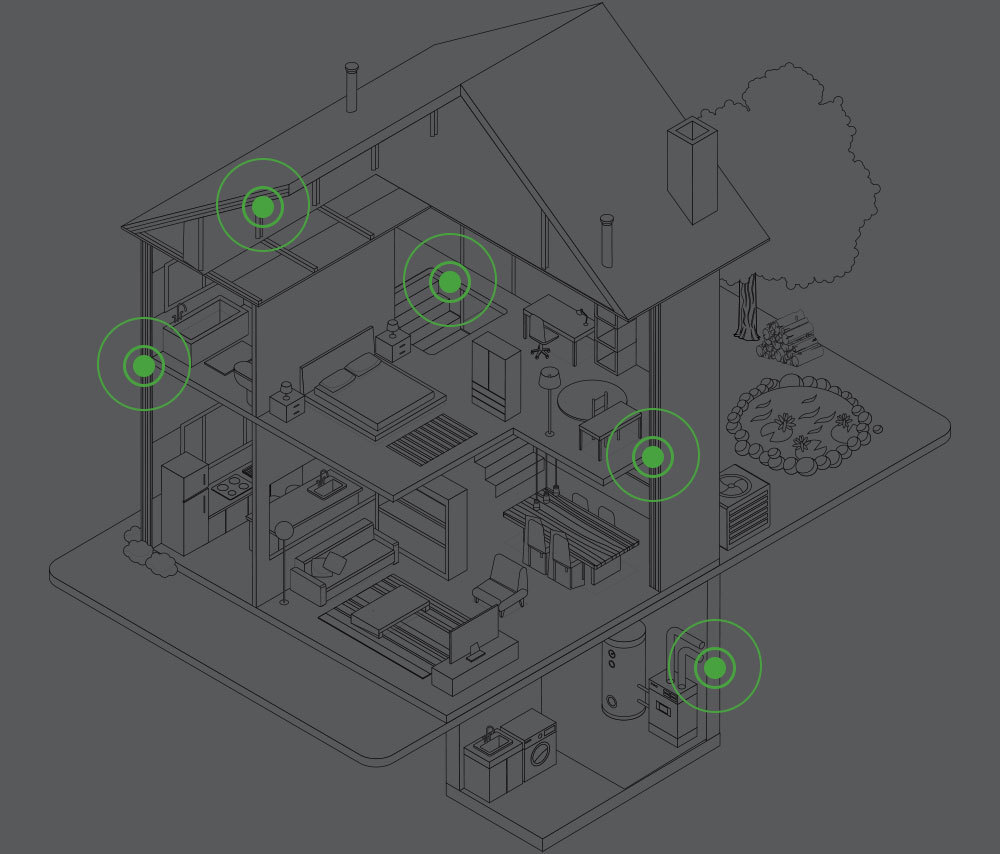
Where Termites Hide In Your Home
Termites enter your home through cracks as little as 1/32nd of an inch in pursuit of their preferred food supply, cellulose found within wood and other materials. However, termites are difficult to spot as they usually nest underground, adding another element to their stealthy presence inside your residence.
Other telltale signs of termite infestations include pinholes in drywall that are capped with mud; mud tunnels, (also known as shelter tubes), running along the foundation; partial mud tubes descending from infested wood; jammed doors and/or windows caused by termite damage; visible damage to cellulose containing items including furniture, documents, books, wallpaper, artwork, etc.
Dangers of Having Termites in Your Home
Termites can cause structural damage to buildings by feeding on the wooden supports. Given the rather cryptic nature of termites, visible damage is seldom discovered by the homeowner until remodeling a home, or in the somewhat rarer instance, when they witness a seasonal reproductive swarm inside the structure itself.
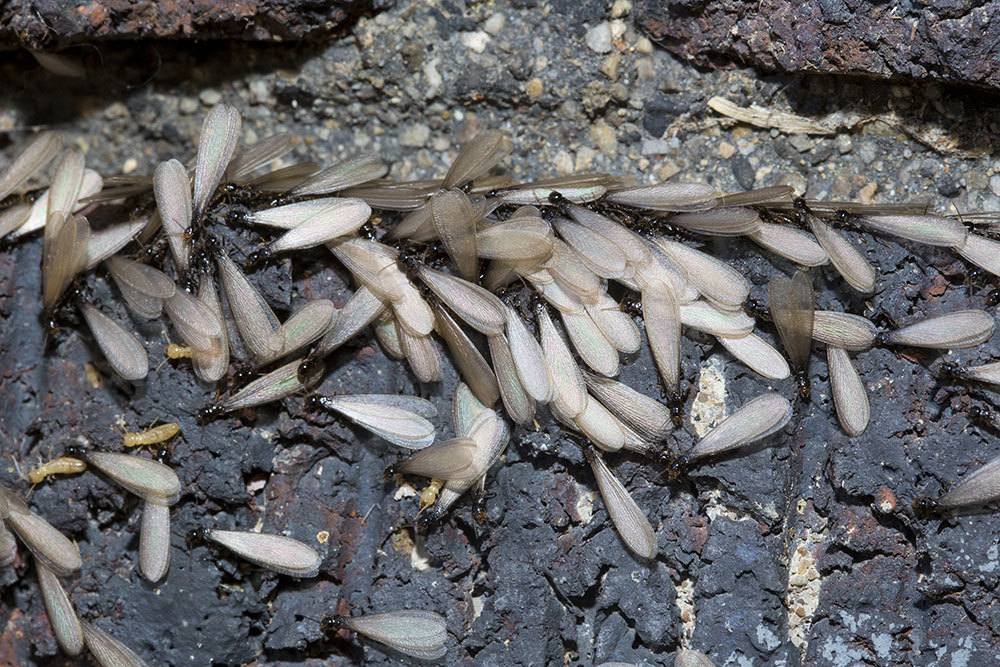
Termite Control with JP Pest Services
When it comes to termites, we rely on The Sentricon System - the most effective termite control program on today’s market. Leveraging our experience with this cutting-edge product gives us the edge over termite pest control.
Our Termite Control Process
Starting with a professional inspection of in-ground control stations, our technicians are able to evaluate the level of termite activity around your home. Once established, we spread Sentricon products throughout the termite colony via the workers who source this bait, delivering it to the queen.
- 1. Assess
- 2. Control
- 3. Prevent
- 4. Document
- 5. Monitor & Follow-up
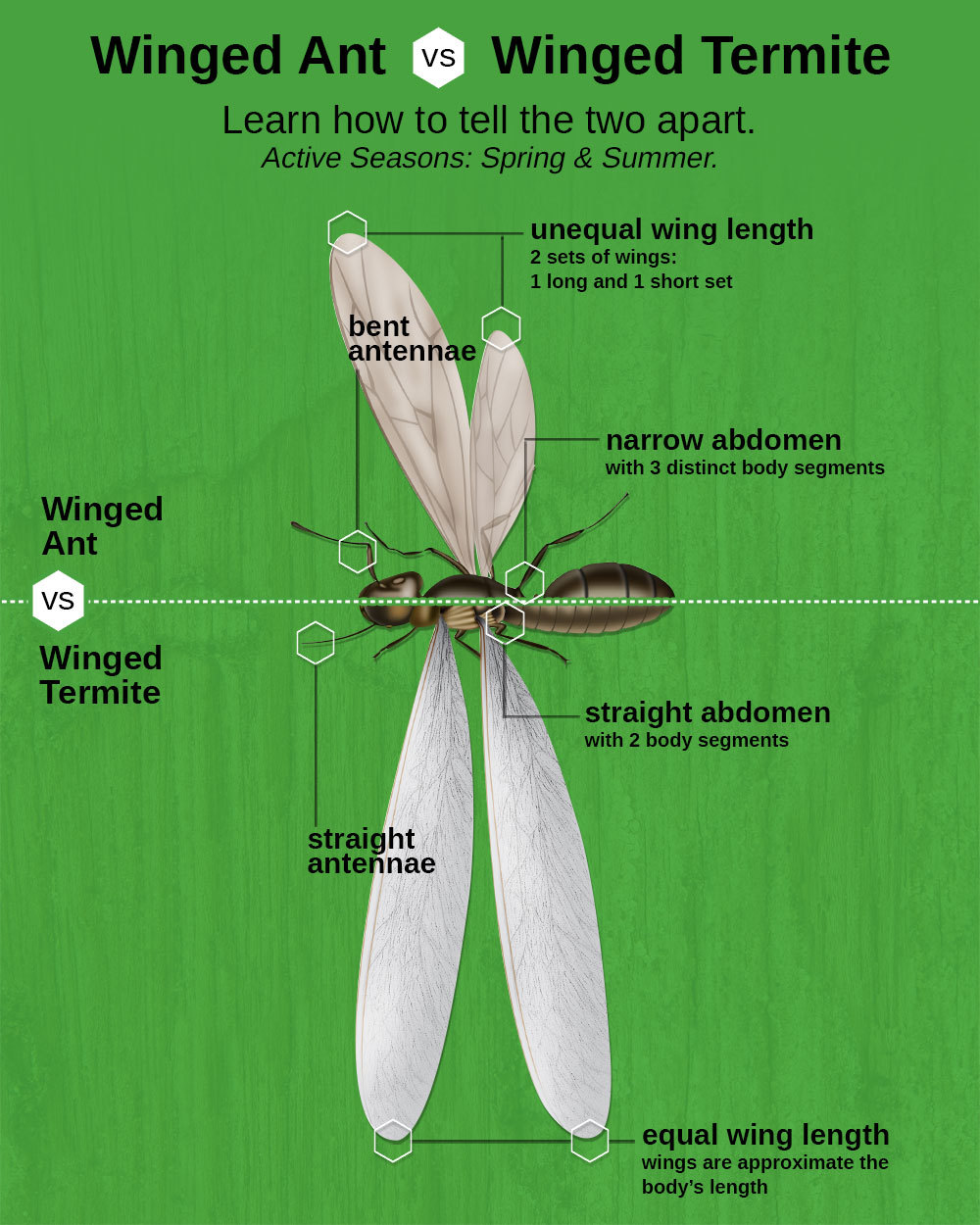
Even though termites dwell beneath the ground, your JP Pest trained service professional might even find them above ground. In this case, we rely on Sentricon bait stations, featuring a cellulose-based bait matrix, safely contained within the station to prevent exposure to animals, humans, and the environment, overall.
JP’s Approach to Termite Control
When it comes to termites, our fully trained specialists rely on the use of termite baiting systems - the most effective method of termite control in today’s market. Leveraging our experience with this cutting-edge technology gives us the edge over traditional termite control methods by eliminating the requirement to drill slabs and concrete surfaces around the foundation of the building. Additionally, termite baiting systems eliminate the need to pump or inject hundreds of gallons of liquid termite control products into the soil, which eliminates the possibility of chemical spills and contamination to off-target sites.
We start with a thorough inspection of the building’s interior and exterior focusing on the wooden support materials where termites are most likely active. Our specialists can evaluate the level of termite activity in and around the structure and provide a detailed report of active and inactive termite infestation. We will document all visible termite damage and other signs of past and present activity. Once the structure has been inspected and evaluated, we install a perimeter baiting systems around the exterior foundation of the structure that will attract foraging termite workers to feed. After these workers have fed on the active bait, they will return it to the underground nest and feed it to all colony members including the queen termite. The termites that have ingested a lethal amount of bait will die, and within a short time, the colony will collapse upon the death of the queen.
Our termite baiting program includes an annual service to inspect the bait stations and replenish the bait where needed. The key reason to maintain an annual termite baiting plan is due to the termite colony density within your area. A new termite colony could attempt to fill the void after the initial infestation has been eliminated. The termite baiting system will be ready for the next group of foraging termite workers seeking a meal at your home.
Don’t wait for structural damage or a reproductive swarm to appear in your home, call JP Pest Services today for a free inspection. Our trained experts can identify the signs of a termite infestation before they become obvious to others. Termites are constantly foraging for new food sources to feed their growing colony. JP’s termite baiting system can provide the long-term protection you need to keep termites out of your home and in the woods where they belong.
Don't Let Termites Get Comfortable in Your Home
- Call (800) 222-2908
- Request an Inspection Now
- Chat with a Team Member

